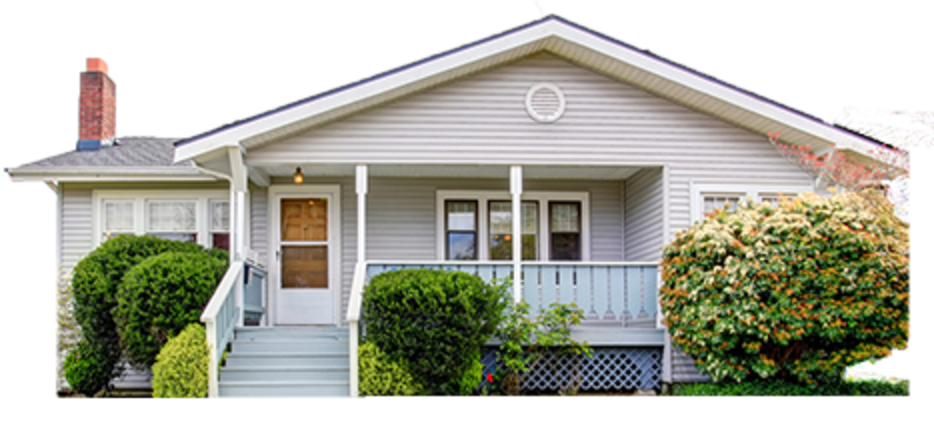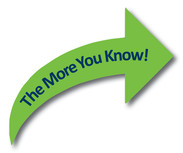 Having issues opening eNews links? Here are few suggestions for easier viewing of links:
- Try using Firefox or Edge as the internet browser
- Make sure you have cleared your cache
- Select "View it as a webpage"
Program Changes Reminder & MPL/Step Up
Common Questions
The program changes announced in the February 11 eNews are in effect for all loans committed on or after March 3. Loans locked in the Minnesota Housing commitment system before March 3 are not impacted by the changes regardless of the closing date.
The Lender Toolkit has been fully updated to reflect that changes. See the February 11 eNews, recorded Critical Lender Update, revised Start Up and Step Up Procedural Manuals (effective March 3, 2025) for details.
Common Questions on Monthly Payment Loan (MPL) and Step Up:
Q: What income limits apply to the MPL?
A: The MPL with Start Up follows the income limits for Start Up. The MPL with Step Up uses the new income limits for MPL with Step Up.
Q: What income limits apply to the Step Up loan if the borrower isn’t getting a MPL?
A: The Step Up first mortgage limits for borrowers getting the first mortgage only (no MPL) have not changed. See Income Limits page.
Q: Why would a borrower choose a Step Up loan if they don’t need the MPL?
A: Advantages of a Step Up conventional loan:
- Higher income limits than Freddie Mac HomePossible® and Fannie Mae HomeReady®
- No LLPAs
- 97% max LTV
- Charter MI rates for borrowers under the Fannie/Freddie 80% AMI limits.
Additional advantages of a Step Up refinance loan:
- Borrowers who refinance with Step up can get their existing Minnesota Housing DPA loan(s) subordinated. See Subordination Options Guide for details.

Eligibility and Qualifying Income Reference Guide
Review the Eligibility and Qualifying Income Reference Guide for additional guidance along with the Start Up Program Eligibility Income Worksheet – both documents can further assist with understanding the difference between eligibility and qualifying income.
Eligibility income is used only for Start Up, to be sure the borrower is eligible for the program and income limit requirements for a Mortgage Revenue Bond loan. Review and complete the Start Up Program Eligibility Income Worksheet and include the necessary income.
Qualifying income is for Start Up or Step Up for the underlying product selected for the loan such as FHA, VA, Conventional or Rural Development. Qualifying income is used in the Automated Underwriting System (AUS) and is what the underwriter uses to qualify the borrower(s) for the mortgage payment. Qualifying income is also used to determine whether the borrower is under the Conventional Income Limits for Lower Cost PMI.
|
2025 Monthly Training Webinars
The Monthly Update & Hot Topics Call is open for everyone to attend. During these calls we review recent Minnesota Housing updates and important information to help you originate and process our loans. Lenders are welcome to submit questions or topics to discuss on the call. This is a great venue to have more in-depth discussion on advance topics.
Register for the 2025 calls.
When you register, you will be signed up for all sessions in the series but can attend the sessions that work for you. Most calls occur on the second Thursday of the month from 9 a.m. - 10 a.m. Central time.
2025 Schedule:
- March 13
- April 10
- May 8
- June 12
- July 10
- August 14
- September 11
- October 9
- November 13
- December 11
Monthly Update & Hot Topics Call
Join Minnesota Housing for our monthly webinar series. These trainings lay out the basics of Start Up, Step Up, and our three Downpayment and Closing Cost loan options. These webinars also provide tips and best practices to help you successfully originate and close Minnesota Housing loans.
Questions?
You can reach the Partner Solutions Team at 651.296.8215 or 800.710.8871 between 8 a.m. and 5 p.m. on business days.
About Minnesota Housing
Minnesota Housing, the state’s housing finance agency, works to provide access to safe, stable and accessible housing Minnesotans can afford in a community of their choice. In 2024, we distributed $1.96 billion in resources and served 73,650 households. Visit our website to learn more.
|